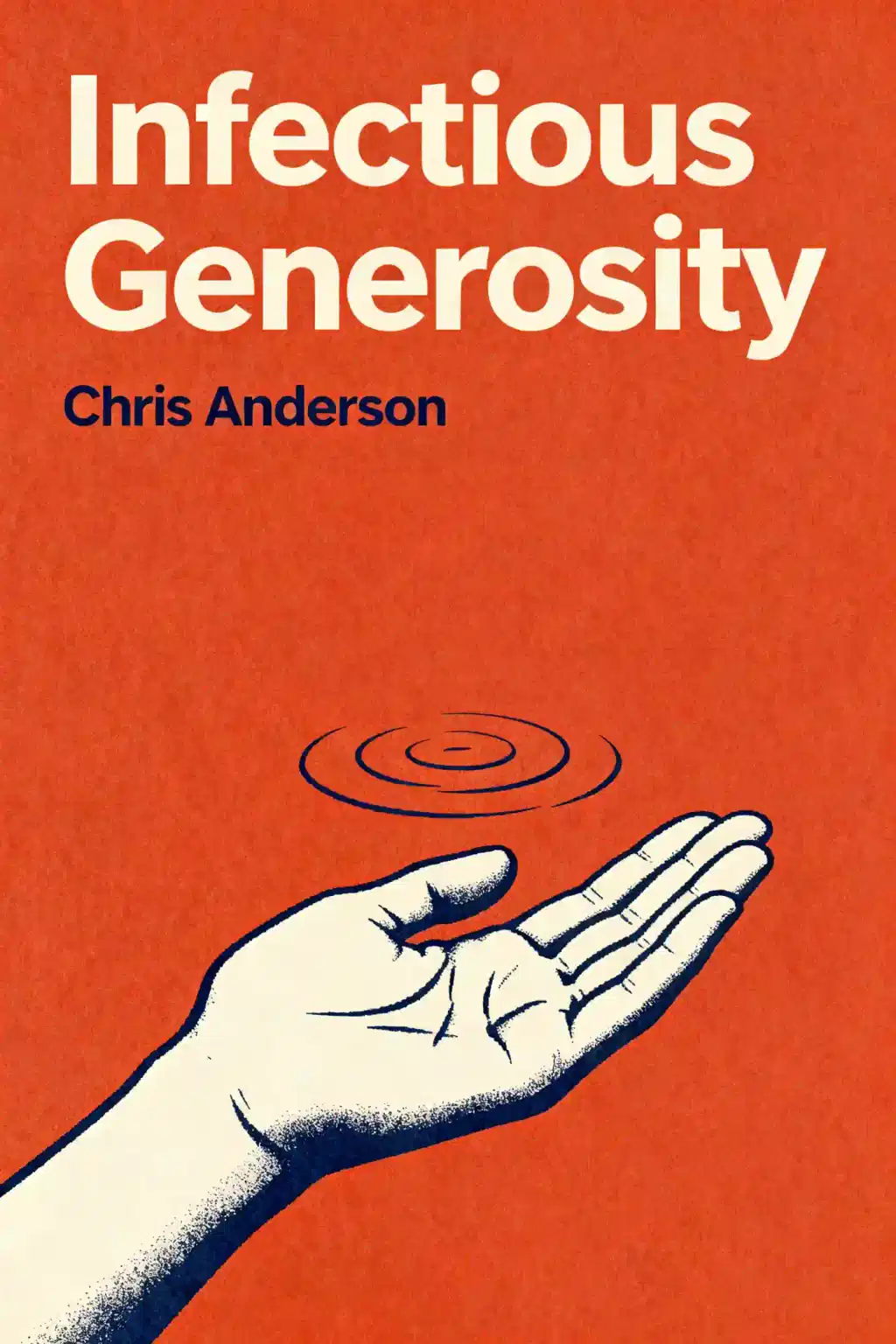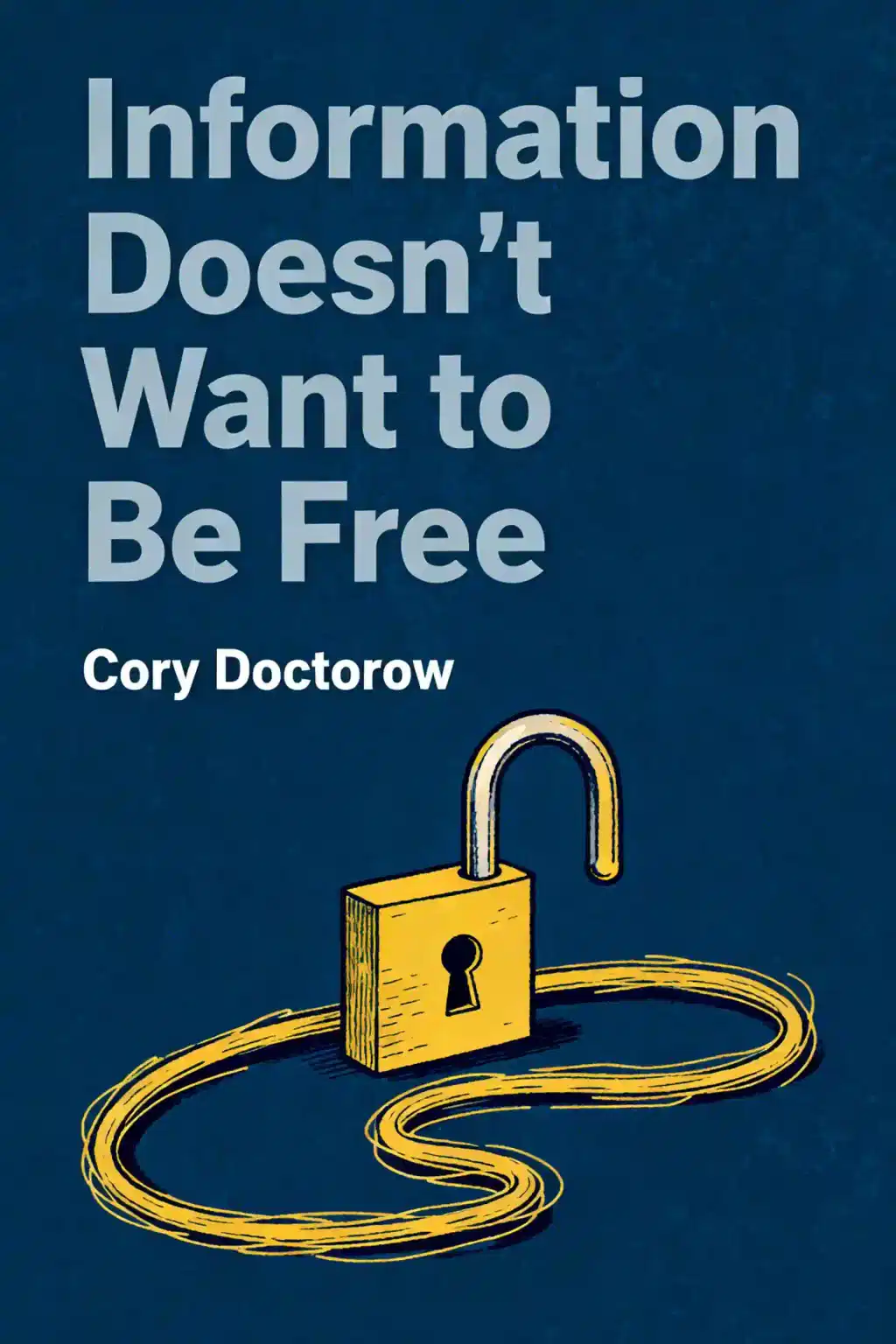What is
Free: The Future of a Radical Price about?
Free: The Future of a Radical Price by Chris Anderson explores how businesses profit by offering products for free, leveraging models like freemium and cross-subsidization. Anderson argues that in the digital age, near-zero costs for storage, bandwidth, and processing power enable companies to build markets through free offerings, exemplified by Google’s ad-supported services and Gillette’s razor-and-blades strategy.
Who should read
Free: The Future of a Radical Price?
Entrepreneurs, marketers, and business strategists seeking to understand digital-era economics will benefit from this book. It’s particularly relevant for those exploring attention economies, nonmonetary markets, or strategies to monetize free products through upselling, advertising, or community-building.
Is
Free: The Future of a Radical Price worth reading?
Yes. Anderson’s analysis remains critical for adapting to today’s digital markets, offering actionable insights into how free products create demand, build loyalty, and open revenue streams. Case studies from tech giants and traditional industries make it a practical guide for modern business models.
What are the main business models discussed in
Free?
- Cross-subsidies: Free products drive sales of paid items (e.g., free phones with paid plans).
- Third-party markets: Advertisers fund free content (e.g., free TV supported by ads).
- Freemium: Basic services are free; advanced features require payment (e.g., Dropbox).
How does Chris Anderson explain the psychology of free?
Free products lower consumer resistance, fostering higher engagement and trial rates. However, Anderson notes that “free” can signal lower quality unless framed as inherently costless (e.g., digital goods). This perception gap influences purchasing behavior and market expansion.
What is the freemium model according to
Free?
Freemium offers a basic free tier to attract users, then monetizes premium upgrades. Examples include free software (QuickTime) versus paid Pro versions, or free music streaming with ad-free subscriptions. Anderson highlights its effectiveness in scaling user bases while segmenting paying customers.
Can free products drive demand for premium versions?
Yes. Anderson uses China’s fashion industry as an example: widespread piracy of designer goods increased brand visibility, ultimately boosting demand for authentic premium products. Free acts as a marketing tool that expands reach and credibility.
What are key quotes from
Free: The Future of a Radical Price?
- “You can make money giving things away”: Emphasizes profit through indirect revenue streams.
- “Information wants to be free”: Reflects digital content’s inherent shareability and near-zero distribution costs.
- “Free is not a trick—it’s a fundamental force of the digital age”: Underscores the inevitability of free in tech-driven markets.
How does
Free compare to Chris Anderson’s
The Long Tail?
Both books analyze digital economics, but Free focuses on abundance-driven strategies, while The Long Tail examines niche markets. Free extends Anderson’s exploration of how low marginal costs enable radical pricing models.
Are there criticisms of
Free: The Future of a Radical Price?
Some argue free models aren’t universally applicable, particularly for physical goods with higher production costs. Critics also note challenges in transitioning users from free to paid tiers and scalability issues in non-digital industries.
What are real-world applications of
Free’s concepts?
- Open-source software: Linux and WordPress use free offerings to dominate markets.
- Media: Newspapers offer free articles to drive subscription upgrades.
- Tech startups: Slack and Zoom grew via free tiers before monetizing enterprise users.
How has
Free influenced modern digital marketing?
The book popularized freemium strategies and attention-based monetization, shaping industries from SaaS to streaming. It also underscores the importance of reputation economies, where free content builds trust and community engagement.
What lessons can entrepreneurs learn from
Free?
- Use free products to build communities and gather user insights.
- Monetize through upselling, advertising, or premium features.
- Embrace piracy and imitation as indirect marketing tools.
Why is
Free still relevant in 2025?
As AI and Web3 reduce content-creation costs, Anderson’s principles guide businesses in leveraging free tiers, tokenized economies, and decentralized platforms. The rise of generative AI tools (e.g., free ChatGPT with paid API access) validates his theories.














